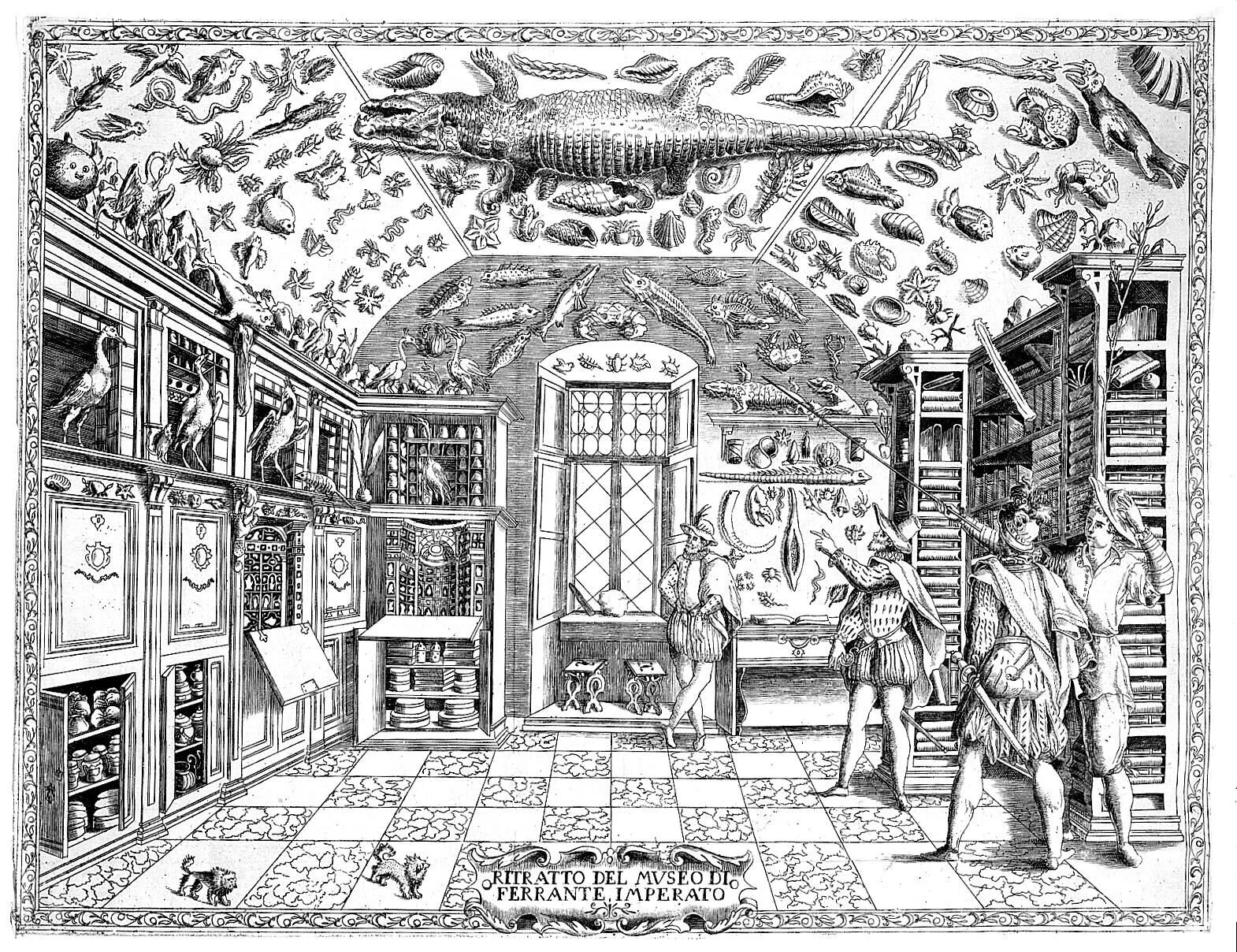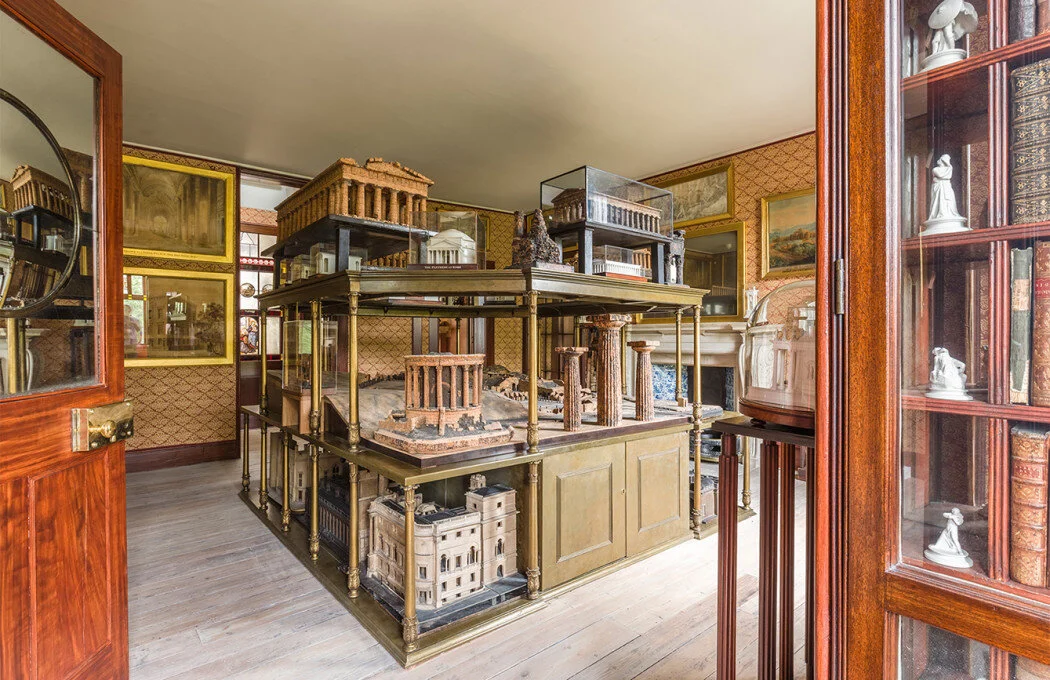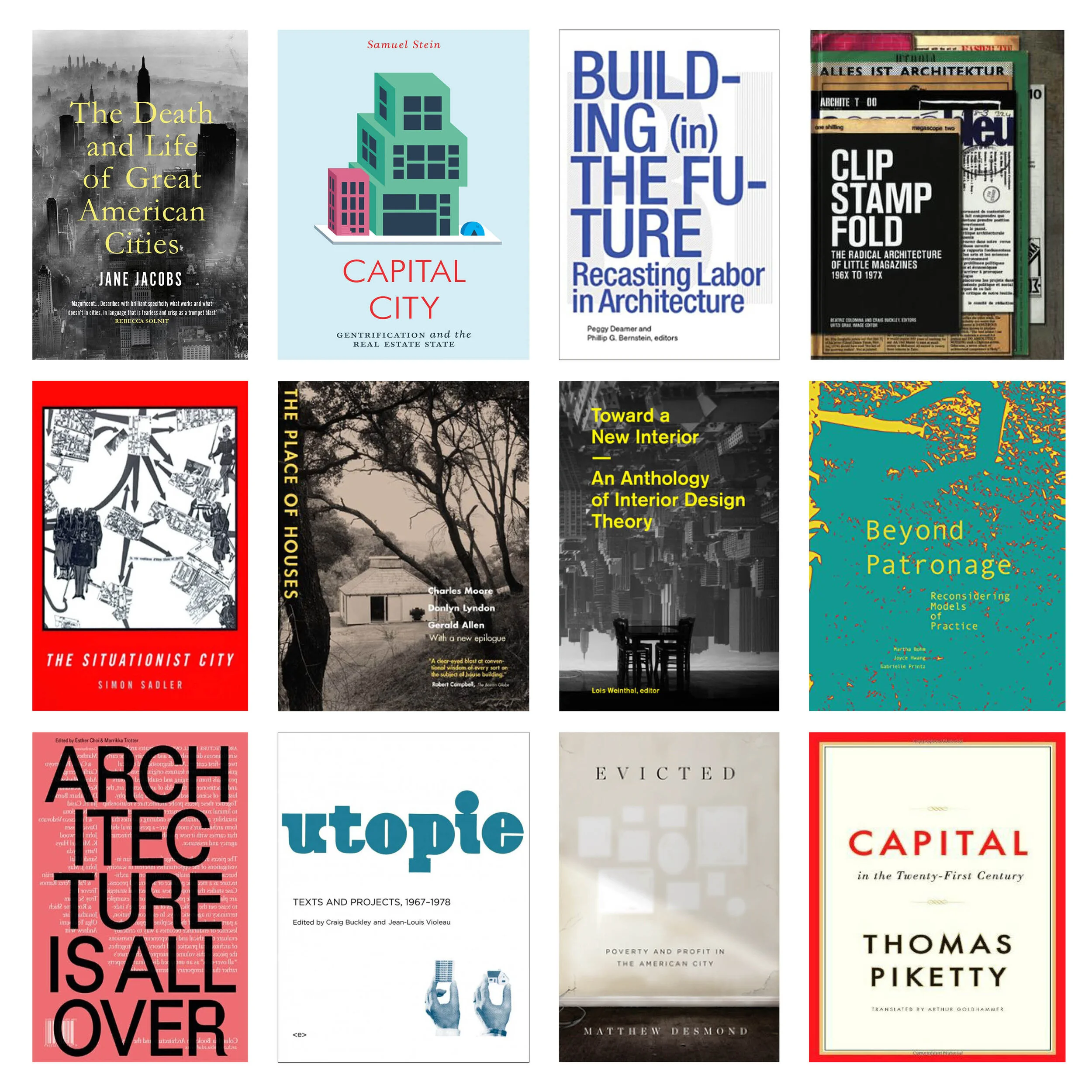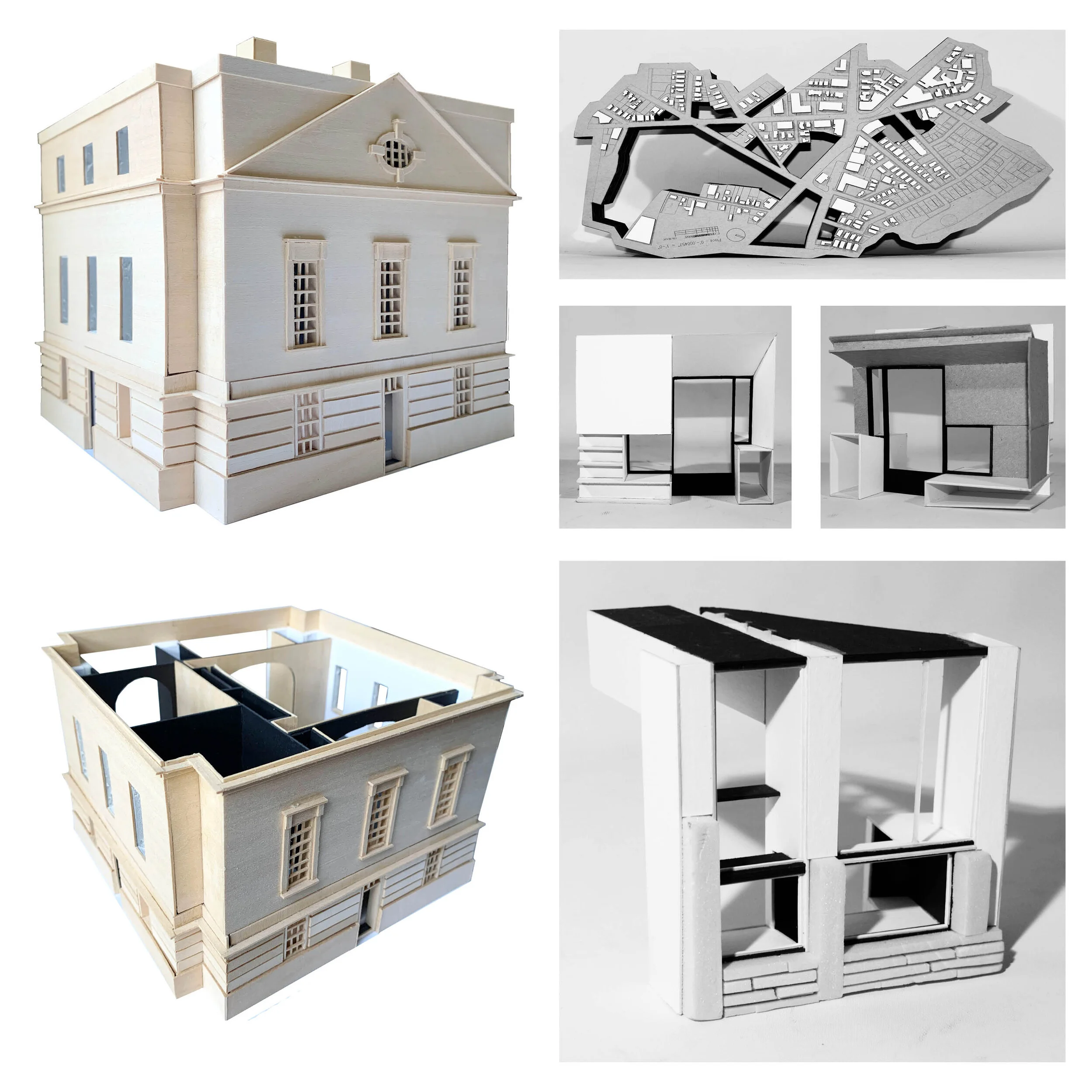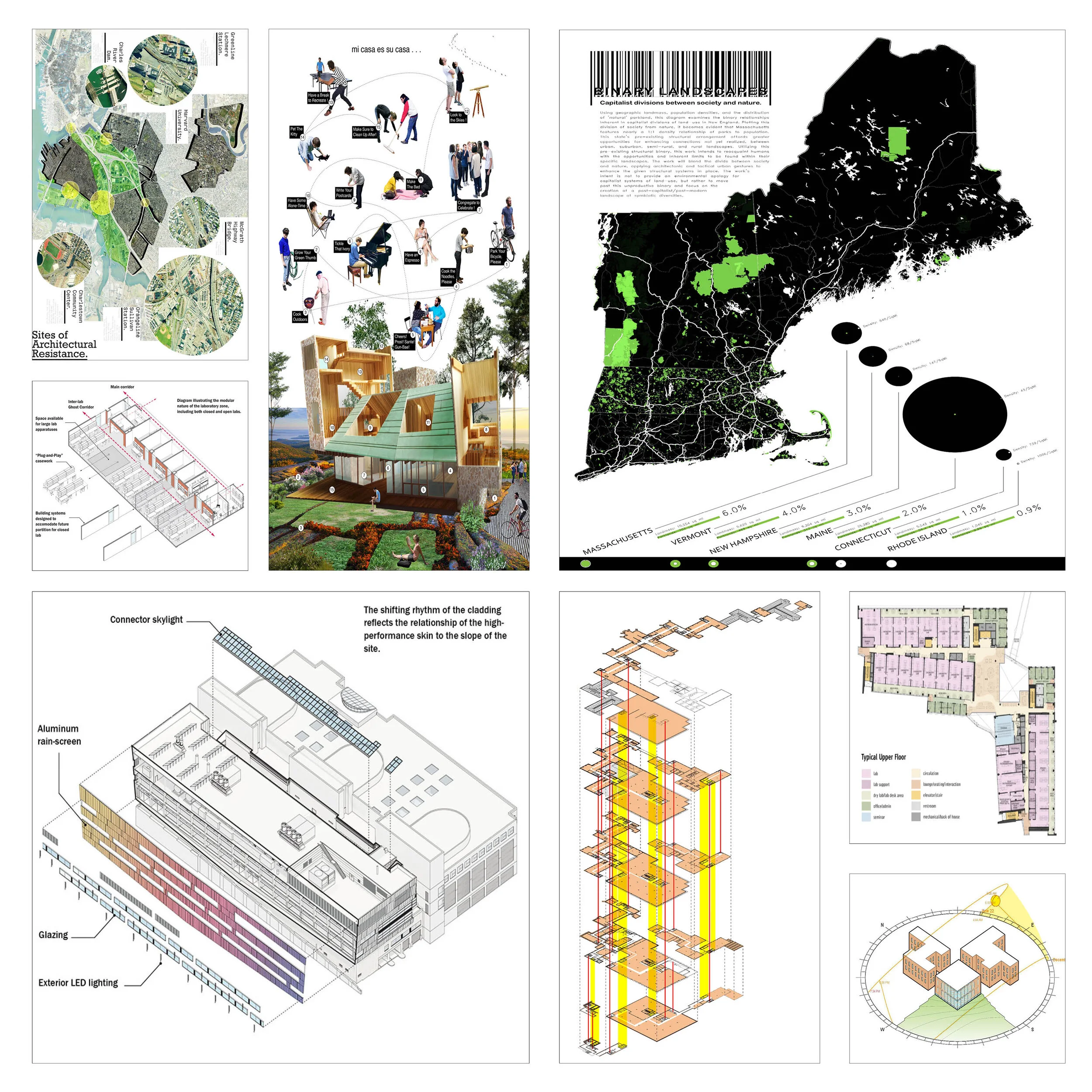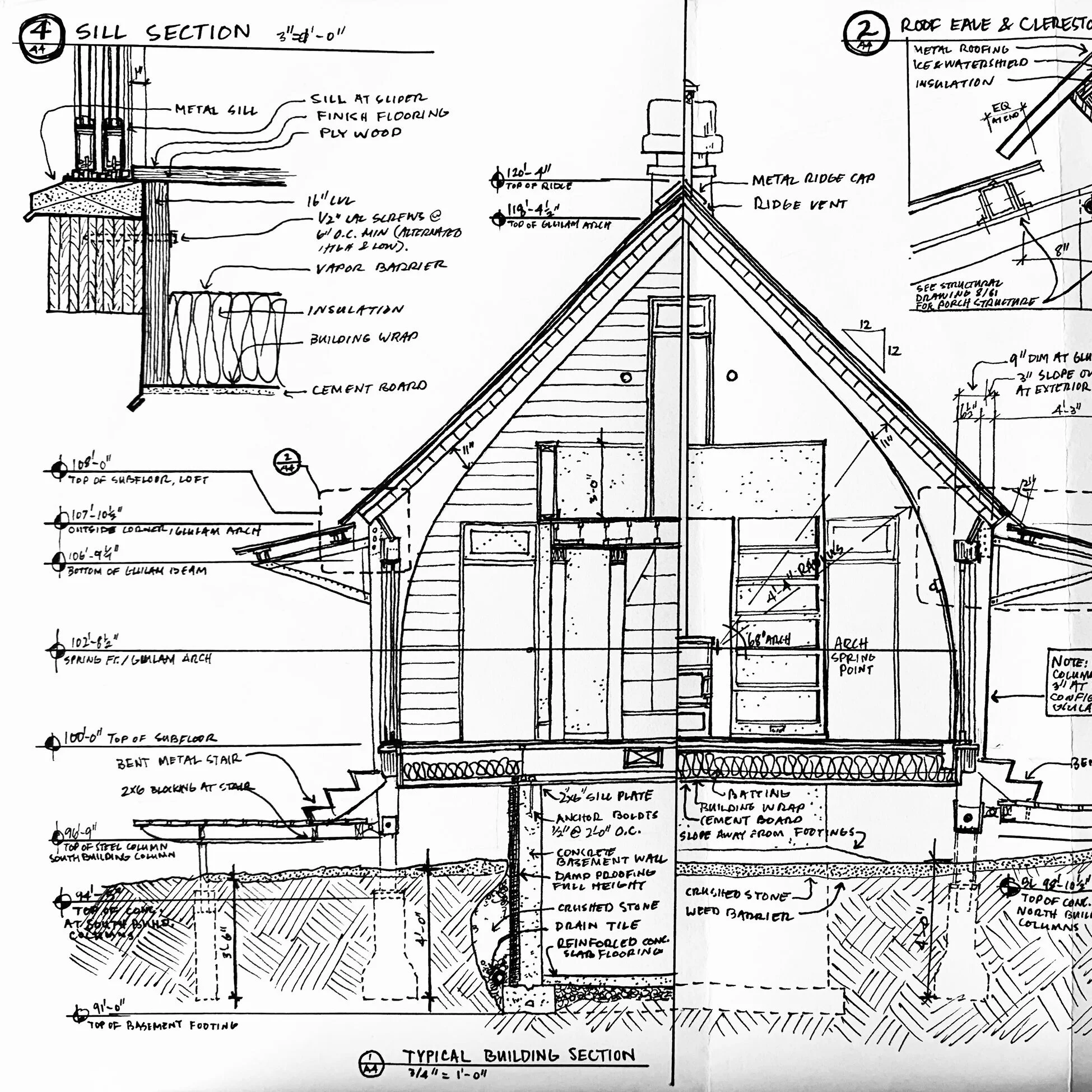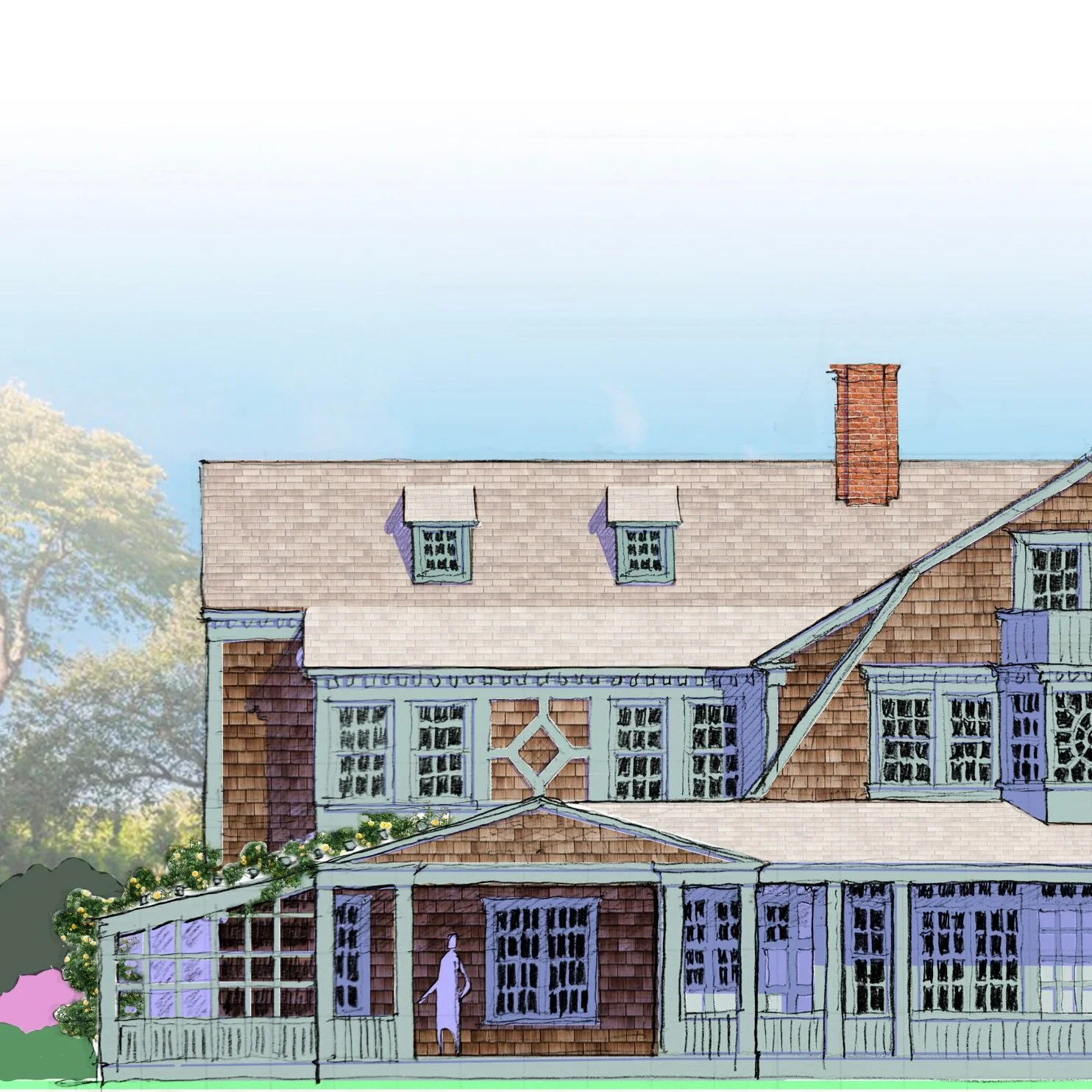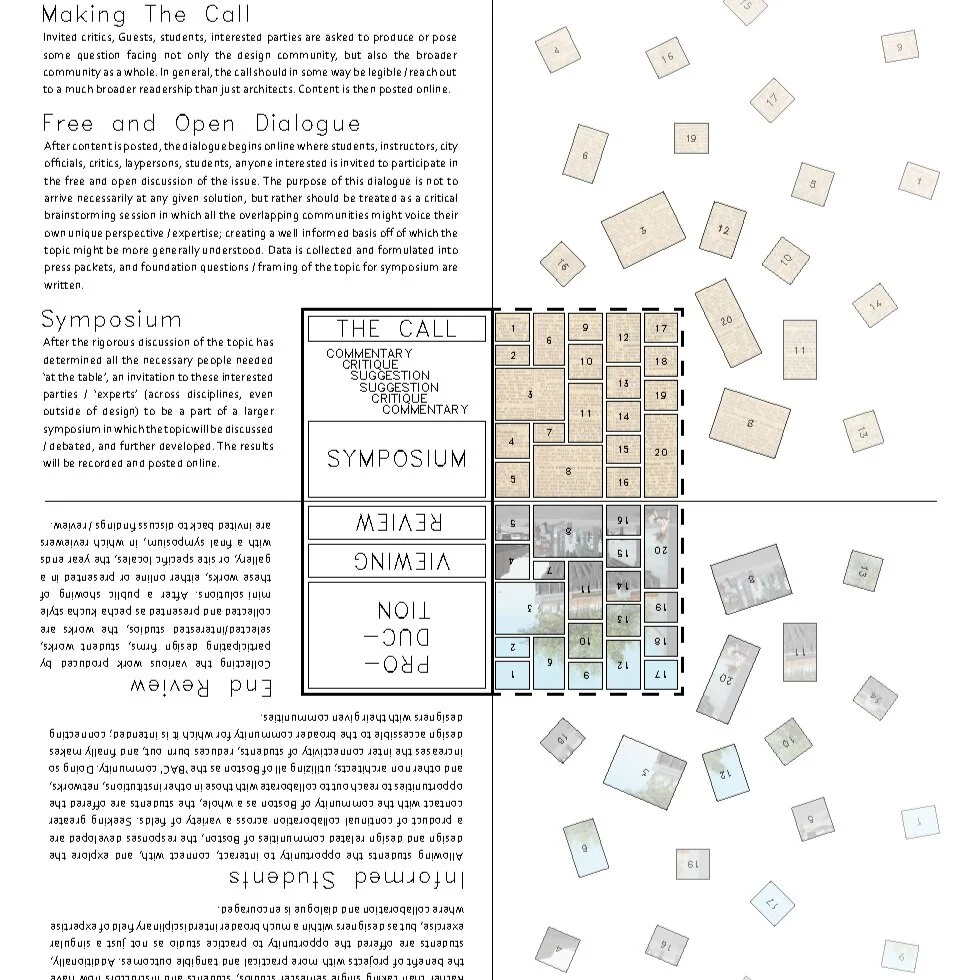. . . “This book first arose out of a passage in Borges [Jorge Luis], out of the laughter that shattered, as I read the passage, all the familiar landmarks of my thought—our thought that bears the stamp of our age and our geography—breaking up all the ordered surfaces and all the planes with which we are accustomed to tame the wild profusion of existing things, and continuing long afterwards to disturb and threaten with collapse our age-old distinction between the Same and the Other. This passage quotes a ‘certain Chinese encyclopaedia’ in which it is written that ‘animals are divided into:
(a) belonging to the Emperor,
(b) embalmed,
(c) tame,
(d) suckling pigs,
(e) sirens,
(f) fabulous,
(g) stray dogs,
(h) included in the present classification,
(i) frenzied,
(j) innumerable,
(k) drawn with a very fine camelhair brush,
(l) et cetera,
(m) having just broken the water pitcher,
(n) that from a long way off look like flies’.
In the wonderment of this taxonomy, the thing we apprehend in one great leap, the thing that, by means of the fable, is demonstrated as the exotic charm of another system of thought, is the limitation of our own, the stark impossibility of thinking that.”
- Michel Foucault, The Order of Things
The Kunstkammer, or ‘Cabinet of Curiosities’
In pre-modern times, the ‘Kunstkammer’ (directly translated from German to mean ‘Art-Cabinet’), later to be called the ‘Cabinet of Curiosities’, was an individual exercise in taxonomy and an attempt to organize an otherwise chaotic world. In a time before Denis Diderot and Jean le Rond d'Alembert’s Encyclopédie (1751), private collectors, scholars, intellectuals were left to their own devices; arranging in fantastical array all manner of self-defined ordering, and classification systems ranging from the strangely bizarre, to orderly and scientific, and from the silly to sublime.
Here then, I present to you, all the assorted collection of architectural artifacts, ephemera, drawings, and other curiosities I’ve made as part of my own architectural writing, modeling, drawing, and thinking processes.
Just as with the pre-modern ‘Kunstkammer’, these are artifacts of an architectural process, which though important, could not easily be categorized, and so are presented here in my own attempt at and open, and flexible ordering and classification system.
I hope You enjoy viewing them, as much as I had making them.
The model and drawings ‘cabinet’ at the Sir John Soane Museum, London.
